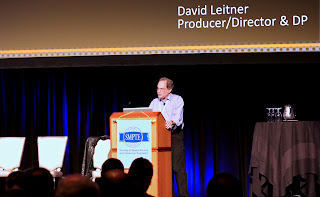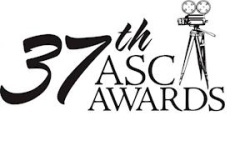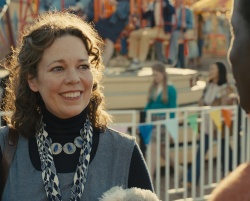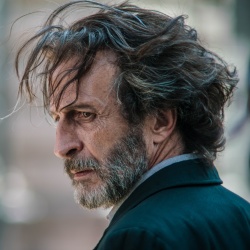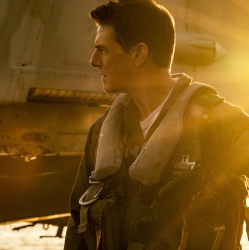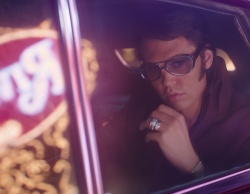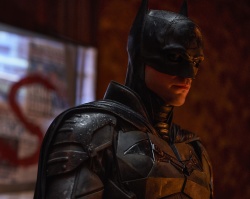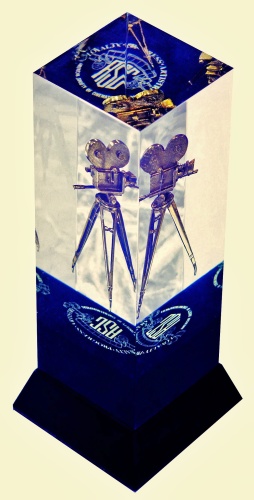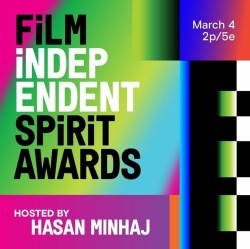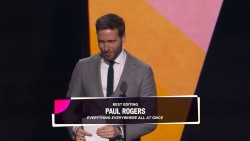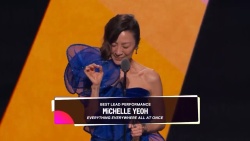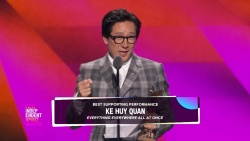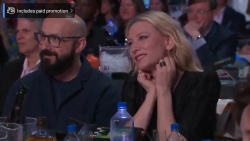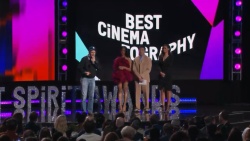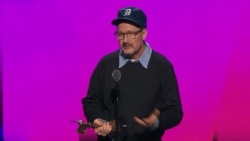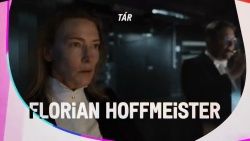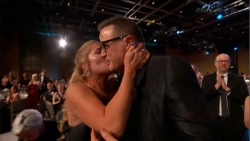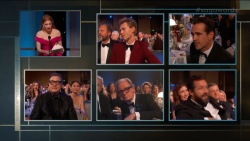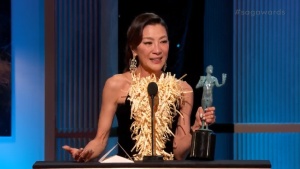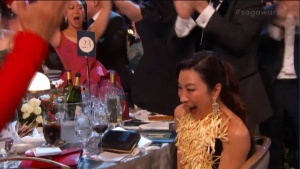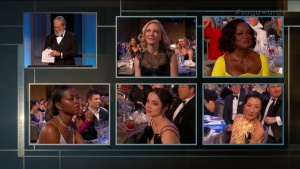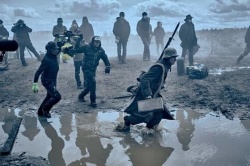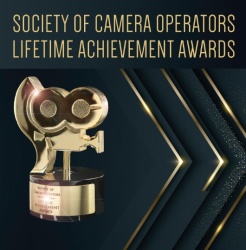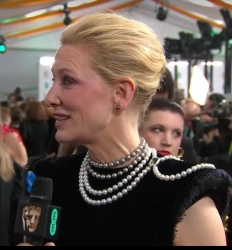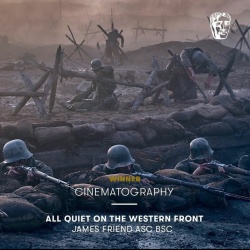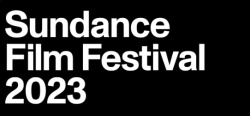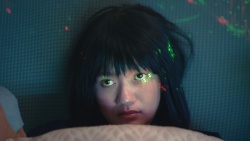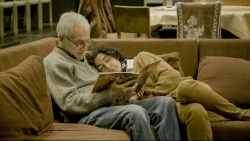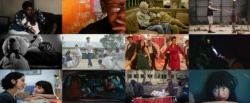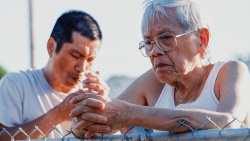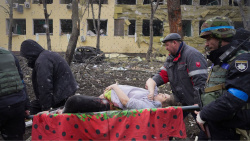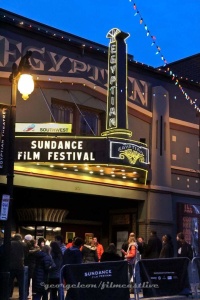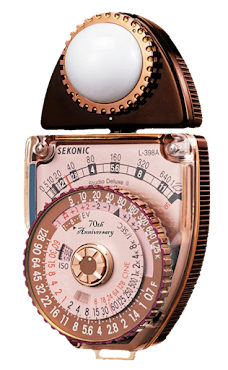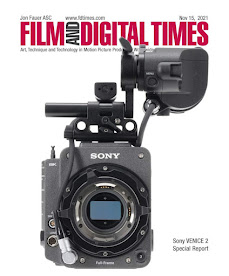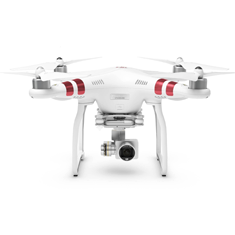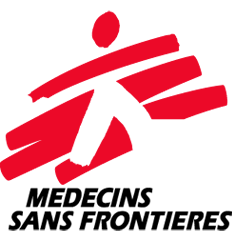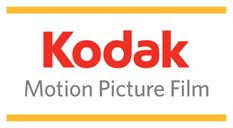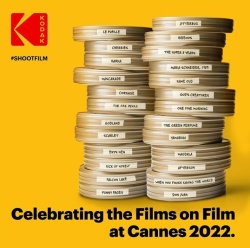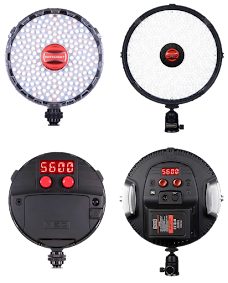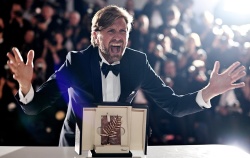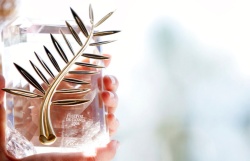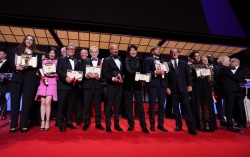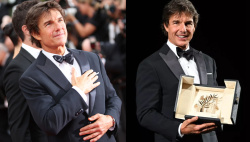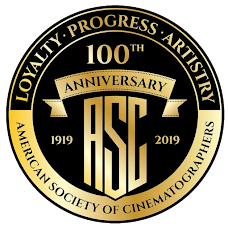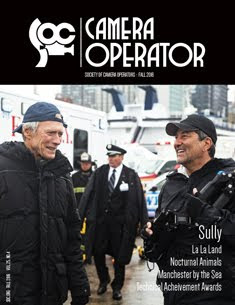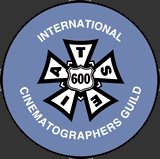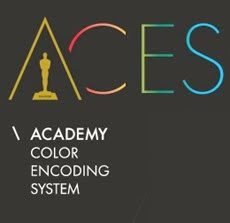A quiet revolution is underway in electronic imaging for cinema and broadcast. For years, professional camera design was almost exclusively component tri-stimulus, with separate image sensors and processing channels for the red, green and blue primaries. The legacy of camera pick-up tubes from the 1970, along with CCD manufacturing limitations resulted in smaller image formats, such as 2/3-inch, the defacto benchmark. Now, the rules have changed. Advances in semiconductor fabrication techniques have made large high-performance CMOS sensors readily available.
The SMPTE Symposium explained the fundamental difference in three-sensor and single-sensor systems with emphasis on the practical implications, benefits and limitations of the two approaches. The symposium started with "Overview of Large-Sensor Imaging" presented by Michael Guncheon from HD Video Pro. Guncheon gave a comprehensive overview of the large sensor cameras, including sensor specifications and the important difference between "sensor pixel count" and output resolution.
Leitner also talked about of what he called the "Sunset of Photochemical Processing" and his experiences while working at Du Art Film Laboratories in New York City, the oldest film lab in the nation, when on his presence about a year ago, Du Art Film Labs management switched-off their 35mm negative stock developing machines and operations after 88 years. The switch-off was presided by Irving Young, Du Art's Film Labs chairman of the board, a familiar name and face to many members of the SMPTE. On the photo above, is Bob Smith, a past Du Art Film Laboratories president, holding the final processing lab report after of 88 years of uninterrupted service.
Leitner went on describing non-anamorphic film formats currently in use such as 16x9 and 1.85:1, both very similar, being 16x9 slightly larger. The 1.85:1 aspect ratio was 35 mm US and UK widescreen standard for theatrical film, introduced by Universal Pictures in May, 1953 and the 1.37:1 Academy Aperture, a 35 mm full-screen sound film image and a legacy of the sound era adopted after the "talkies" arrived in in Hollywood in 1932, but this format is rather disappearing. The Super 35mm was re-introduced in the early 80's when Joe Dunton was preparing to shoot Dance Craze in 1982, and he chose to reclaim the Super-scope format by using a Silent Aperture. This is achieved by putting a larger image frame on the stock by using the negative space normally reserved for the optical analog sound track. These explanations were his preamble to clarify what is going-on on the world of large scale sensor imaging. With a sensor chart at hand, overlaid with a 16x9 frame, Leitner described the different sizes of current sensors.
On the chart above are the different sizes of sensors from full-frame with sensor dimensions nearly equal to those of 35 mm film (36 × 24 mm) to Canon's APS-H format for high-speed pro-level DSLRs (crop factor 1.3) to Leica's M8 and M8.2 sensor (crop factor 1.33) to APS-C that refers to a range of similarly-sized formats, including Nikon DX format, Pentax, Konica Minolta, Sony Alpha, Fuji (crop factor 1.5) and Canon entry-level DSLR formats (crop factor 1.6). Others are Foveon X3 format used in Sigma SD-series DSLRs (crop factor 1.7) and the ubiquitous Four Thirds System format (crop factor 2.0) found in Panasonic Lumix and some Panasonic camcorders.
Shane Hurlbut, ASC presented Case Study Part 1: DSLR Workflow and Shooting with a DSLR. He described the advantages of shooting a feature film, episodic TV or Television spot cost efficiently using the Canon 5D Mark II and Canon 7D as A-production camera. "When I stumbled onto this HDSLR technology, I realized within minutes of using the technology that it was a “game changer” and the rulebook had to be thrown out and a new one created". The HDSLR technology recycles, it is small, it requires less space, less crew, less light, less power, less fuel, and less food." The most important point is that with less waste also comes the power for infinite creativity. I have coined the phrase “small footprint, big vision.” By the way, this HDSLR technology saves loads of money also", Hurlbut added.
Hurbult acquired experience using DSRL cameras while lensing a webisode for "Teminator Salvation" marketing campaign, some shorts, TV spots and while going through the completion of his feature film for theatrical release "Act of Valor" (currently on theaters) compelling him to incorporated his own equipment rental house to provide pre-rigged, PL mounted, firmware updated and HV picture styles loaded Canon's 5D Mark IV and 7D to market. Regardng workflow he addded "In the world of HDSLR technology, media management is a very important position. Every elite team member of my crew has held this position at some point during the making of Act of Valor to gain an understanding of HD image capture in a small footprint work-flow system and they all have jumped in head first!"
The system designed for Act of Valor was a mixture of the traditional film loader combined with the DIT job in the digital world. The Media Manager station was very simple and compact. Sticking with the small footprint approach we employ a Mac Book Pro Laptop, a 24” HD Cinema Display monitor, and 4 External 500GB hard drives. "We shot it at 10 to 15 minutes on a 8GB card. I like using the 8GB cards the best because the counter on the top of the camera kicks in depending on jpeg settings at approximately 15 minutes of media recorded. This is a great gauge. Once the counter starts to come off of 999 we re-load the card. Just like a 1000 foot magazine on a film camera.
There are three important reasons to do it this way: "We can get that to the media manager and he can check the focus on his big monitor. We all know how critical the focus is with these cameras. The cards tend to heat up and when that happens the noise factor goes up. So keeping a fresh card in there is very good way to keep the image as clean as possible. It promotes a steady pace of backing up cards, so if for any reason something happened to the camera or the card you are not losing a whole day worth of footage".
"In our work-flow system, the 8GB card from the 5D camera goes to the media manager. He downloads the media into the computer and simultaneously sends it to the 4 external hard drives. After the download is complete, he checks for focus and exposure and labels each set-up for the assistant editor with as much detail and description as possible. Next, one hard drive is shipped to the editor to start logging the footage; one is a back up if the original one gets lost in shipping. A third is for the director to view on his laptop. The last one is a “cloned master “of what we sent to the editor, which is held in post. This system has been successful in delivering the entire equivalent of 1.8 million feet of film safely into the edit room".
Clark's use of the F65 leads him to personally believe the camera's sensor is "a game-changer" in terms of capturing and outputting true 4K data. But regardless of what approach one prefers, Clark emphasizes that the arrival of 4K-capable cameras generally illustrates the advent of a clear new industry trend on the image capture side. That trend is the fact that digital image capture for high-end motion picture work is clearly moving inexorably beyond what Clark calls "the previous fundamental threshold" of 1920 x 1080, 10-bit, 4:4:4 HD imagery in Rec. 709 color space. In other words, digital cinematography has finally surpassed HD capture, and that reality offers new creative opportunities for movie-makers and new viewing experiences.
"So all of these developments mean the industry is reaching a new plateau, where the benchmark is raised and it is possible to digitally capture at true 4K, which has long been associated with the highest film imaging quality generally available in the digital intermediate environment. We can now get there—we can make 4K the primary target going forward for digital image capture. What changed was the realization that the technology behind these cameras could move beyond the restraints of the (original) HD broadcast parameters (for which they were originally developed)."
(image distortion due to my seating position during presentation)
"4K," technically refers to 4,000 pixels of horizontal resolution in a digital image capture format or in scanning 35mm film frames. In practical terms, however, "4K" is a far more complicated question. Until recent years, the notion of image capture at 4K in a digital camera system was more of a comparison concept—a way of evaluating just how close digitally acquired imagery could get to emulating the spatial resolution and certain other properties of a 35mm film image. Then, the industry started exploring ways to build image sensors that could actually record 4K imagery comparable to film imagery.
Curtis Clark, ASC continued the case study Case Study Part 2: Shooting with Large Format Cinema Cameras presenting a new Q& A panel moderated by David Stump, ASC that included cinematographers Jeff Cronenweth, ASC, Claudio Miranda and Curtis himself. Cronenweth presented footage of the Swedish remake directed by David Fincher, "The Girl with the Dragon Tattoo" and Miranda talked a bit about his lensing of "The Life of Pi". Miranda couldn't present any footage due his film was still under DI process.
Cronenweth, fresh off Fincher’s Oscar-winning The Social Network, says the third most essential presence in front of the camera (behind stars Rooney Mara and Daniel Craig) was Sweden’s frigid landscape, where most of the film was shot last winter and spring. “Weather plays a big part as the texture of the film,” he explains. “It actually helps you get a sense of what the characters are feeling.”
Cronenweth shot about 80 percent of the movie with the RED ONE and its Mysterium chip. When the workflow became refined (Red Rocket compatible) and datacards readily available, he shot the remaining 20 percent with the RED Epic. He used ARRI master primes throughout, and because of the chip sensitivity variables between the two cameras, used an 80D filter in front of the lens when shooting with the RED ONE, with the lights gelled to 4000 degrees Kelvin. “The Mysterium sensor is more blue sensitive and it gave us more to grab onto and more latitude,” he explained
That texture was much more stylized than their last film, and, as Cronenweth notes, the cool, blue Nordic light was a perfect match to the story. “Because this is a serial killer murder mystery,” he continues, “we had more leeway to stylize the lighting. That was different than The Social Network, where we were going more for the reality of the Harvard environment.”
Light Iron colorist Ian Vertovec, who also graded The Social Network, agrees, noting that The Girl with the Dragon Tattoo was about 1,000 degrees Kelvin cooler than Fincher and Cronenweth’s last film. “Because they wanted this very unique ‘Swedish’ feel,” Vertovec describes, “It seems the moon and sky acted like a [cooling] filter. It’s an amazing nighttime look.” In fact, Vertovec says Fincher and Cronenweth’s pre-planning paid off with a much simpler DI. “David and Jeff have already planned where they want the highlights and shadows to live,” he says. “We’re mainly adjusting contrast levels and setting the right quality of light. In other words, we’re not fixing ‘sins.’ We’re enhancing what’s there and taking it to the next level.” as reported in ICG Magazine article, December 2011.
For more information about SMPTE







